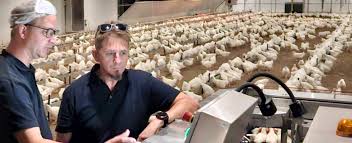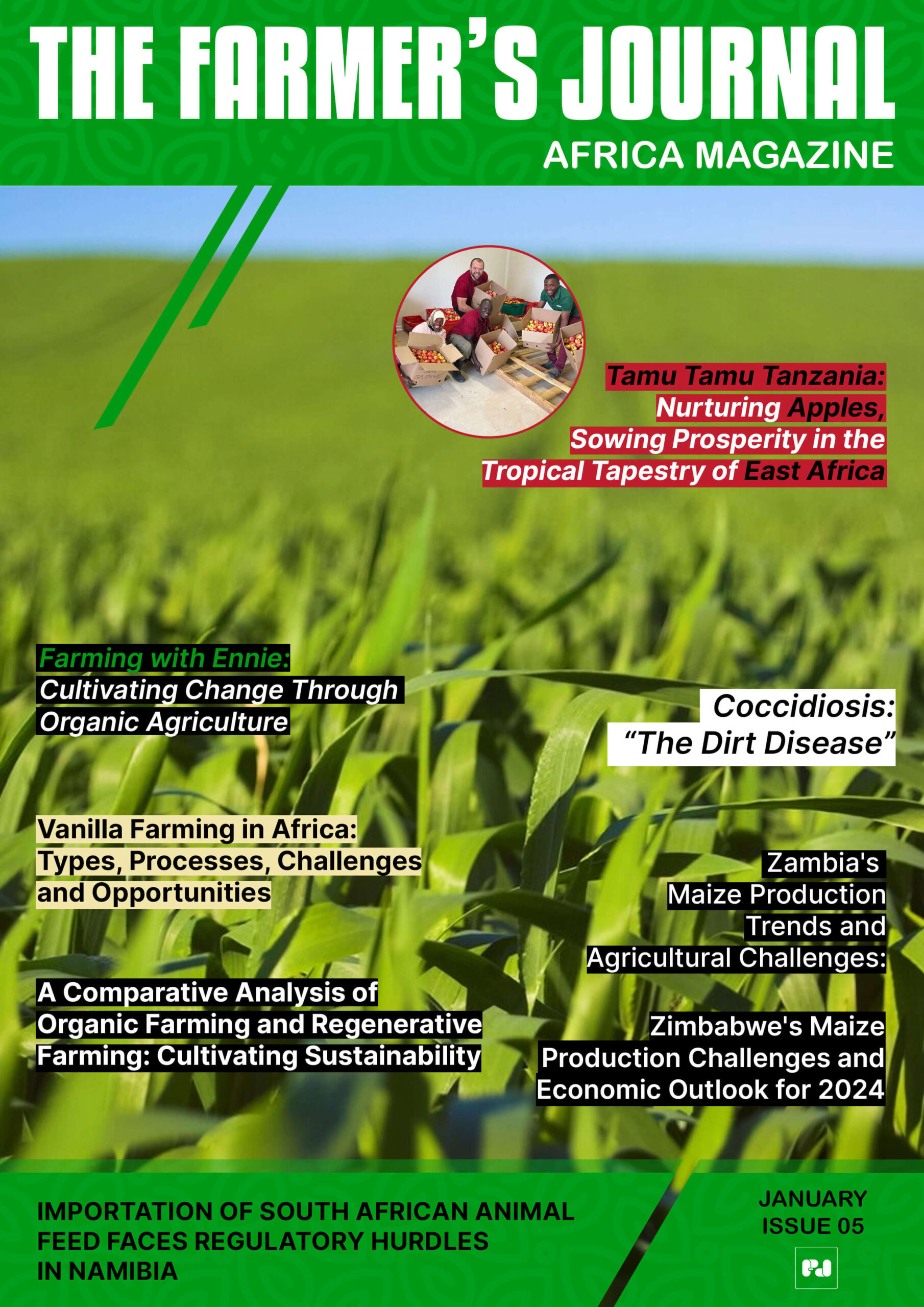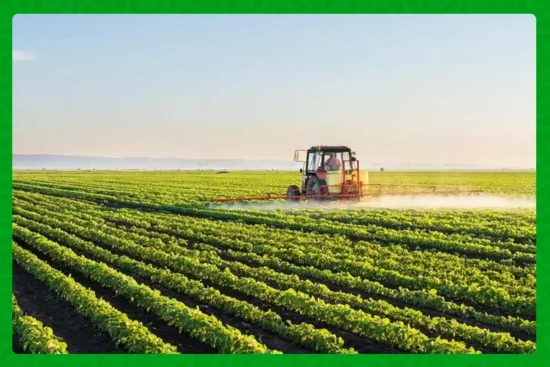
Namib Poultry Industries has taken a big step toward modern poultry farming by installing a fully automated bird sorting system called GRADY. The move is more than a technology upgrade. It changes the day to day of the farm, improving bird welfare, giving staff better and safer tools, and sharpening the data that drives production decisions.
Why automation mattered for Namib Poultry
Until recently, grading birds by weight at Namib Poultry was a labor intensive process. Workers manually weighed and grouped birds, a task that was slow, uneven, and stressful for both people and birds. In a setup that runs nine rearing houses with roughly 10,000 Ross 308FF breeder birds each, plus a broiler capacity of about 2.4 million and a weekly slaughter rate of about 350,000 birds, manual sorting simply did not scale.
By adopting GRADY, developed by Agri Advanced Technologies GmbH of Germany, Namib Poultry replaced that repetitive manual work with automated precision. The system sorts birds by weight automatically, grouping birds of similar size with better accuracy. That reduces handling related injuries and lowers stress for birds, while freeing employees from repetitive physical tasks and improving workplace safety.
What the GRADY system delivers
GRADY brings measurable improvements across the production chain:
- Throughput and speed. GRADY can sort more than 3,500 birds per hour, which enables fast, regular checks without disrupting the flock or production schedules.
- Uniformity and predictability. The system helps achieve flock uniformity with a coefficient of variation between 4.5 percent and 6.5 percent, numbers that reflect tight, reliable groupings and easier batch management.
- Better data for decisions. Automated grading produces consistent datasets that breeding and production teams can use to fine tune feed, feeding schedules, and health interventions.
- Animal welfare and staff safety. Less manual handling means lower stress for birds and fewer injuries or repetitive strain risks for staff. Vaccination schedules, which begin at nine weeks and include wing, eye-drop, or breast injections, are now coordinated with grading so those processes are smoother and less disruptive.
How GRADY changes routine on the farm
At Namib Poultry, birds are graded at three and eight weeks, with male checks around twelve weeks. Move from manual to automated grading means those checkpoints are faster and more accurate. The GRADY system feeds precise weight classes into everyday management. That, in turn, makes it easier to adjust feed allocation, identify underperforming birds earlier, and make breeding decisions with better evidence.
Breeder Production Manager Johan Boonzaaier notes that the system supplies more reliable flock data and improved bird uniformity. The result is higher productivity. Some breeder flocks are now producing over 200 eggs per hen house and hatcheries are averaging 161 chicks per hen house. Those outcomes show how better sorting and monitoring can translate directly into production lifts.
A practical win for regional production
Namib Poultry operates a vertically integrated chain near Windhoek that includes breeder and rearing farms, a hatchery, a feed mill, and a processing plant. That vertical setup amplifies the benefits of automation. Improvements at the breeder stage affect hatchery throughput, feed efficiency, and ultimately processing performance.
Agri Advanced Technologies Managing Director Jörg Hurlin points out that Namib Poultry’s adoption of GRADY shows advanced systems can work successfully in regional production environments. For a company running high-volume operations, automation becomes a way to lock in consistency and to scale without sacrificing welfare or safety.
What comes next
Namib Poultry is not stopping with sorting. The company plans to integrate another innovation, the Vaccybot, once it becomes commercially available. This signals a long-term plan to layer automation, reduce manual handling further, and increase sustainability through smarter, data driven management.
Practical benefits for poultry operations
For producers thinking about whether automation like GRADY is worth the investment, here are the practical takeaways from Namib Poultry’s experience:
- Consistent flock quality makes feed use more efficient. When birds are uniform, feed strategies work better and growth targets are easier to hit.
- Reduction in handling improves survival and health. Fewer injuries and less stress show up as better performance at the hatchery and in broiler houses.
- Freed up staff time can improve other areas. Employees move from repetitive weighing tasks to higher value activities, such as monitoring, maintenance, and welfare checks.
- Data becomes an operating asset. Reliable, continuous measurement allows for quicker adjustments and better long term planning.
Automation at Namib Poultry is not technology for its own sake. It is a practical upgrade that touches welfare, productivity, and the daily work of people on the farm. GRADY speeds up and standardizes grading, improves the quality of information managers use to make decisions, and sets the farm up to adopt further automation such as Vaccybot. For regional producers trying to stay competitive, that combination of humane handling and measured performance offers a clear path forward.
Stay updated with the latest farming tips and agriculture industry news from Africa by subscribing to our newsletter. Don’t miss out on valuable insights and updates. Follow us on Twitter, LinkedIn, and Facebook to join our farming community and stay connected with us.


















